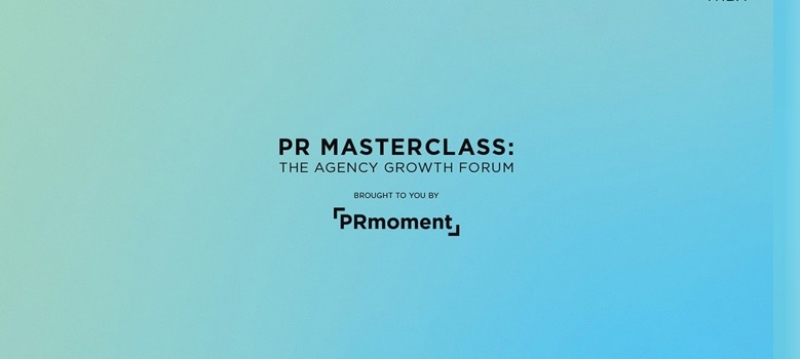 Forster’s latest study of the charity sector reveals how corporate partnerships are being limited by cultural challenges and the over-emphasis on the bottom line. Although it sounds counter-intuitive to say that fundraisers should be looking beyond financial targets, we believe that doing so will help enable the cause behind the campaign to be better served.
Forster’s latest study of the charity sector reveals how corporate partnerships are being limited by cultural challenges and the over-emphasis on the bottom line. Although it sounds counter-intuitive to say that fundraisers should be looking beyond financial targets, we believe that doing so will help enable the cause behind the campaign to be better served.
When a partnership is brokered, the first question that most ask is how much money it is worth. The pitching process tends to centre on how the money will be used to address a particular cause. However, if a broader view is taken, and it is the issue rather than the money that is given centre stage, the discussion has a different dynamic. Perhaps the first question should more often be “How can we best work together to make a real difference?” not “How much money can we raise for the programme?”.
The Age UK and John Lewis partnership is an interesting example. Without doubt, it got people talking about loneliness in a way that they didn’t before. Not only have funds been raised, but the issue has been catapulted into the national consciousness. Age UK and other organisations working with older people, such as Independent Age, have said that demand for their services has increased. This is to be commended. And no doubt there will be a long line of fundraisers pitching their causes for the 2016 partnership.
It’s a shame that the only product in the “Man on the Moon” range that raised money was the mug. It is a pity that there was no noticeable presence Age UK in store or online. However, the bigger question is whether for John Lewis, loneliness will just be for Christmas. Once the last of the Christmas merchandise was shipped from the depots, the new year sales ceased and people steadied themselves for the year ahead, did loneliness become yesterday’s news? How satisfying it would be if staff, stores and product are aligned to keep the momentum going – perhaps the tech teams could help people to get online; the in-store cafes be used for a range of social initiatives; and the staff could volunteer time to support programmes helping people to keep well through the coldest months of the year. This shouldn’t be a pipe-dream.
Charities are currently caught between an urgent need to fundraise to support existing services and the desire to build longer-term, solution-orientated partnerships for change. Whilst the potential for corporate-charity collaboration is clear, the reality is often frustrating with the majority of relationships still based on passive giving from business to charity.
I believe the combination of better integration and collaboration, both across the charity’s external relations teams and with the corporate partner, will enable the common ground to be found and a partnership of equals to be formed. By doing this a partnership has the potential to go beyond raising cash and awareness, as useful as that is, and instead help achieve meaningful and long-term action.
Article written by George Ames, head of activation at agency Forster Communications
PR Masterclass: The Agency Growth Forum
Our experts will each give you a 20-minute Masterclass on what we've identified as the 11 most important elements in running a modern, profitable and successful PR firm.
Taking place on Wednesday 26th November in London, both virtual and in person tickets are available.
Tickets on sale now!
PR MasterclassIf you enjoyed this article, sign up for free to our twice weekly editorial alert.
We have six email alerts in total - covering ESG, internal comms, PR jobs and events. Enter your email address below to find out more:










